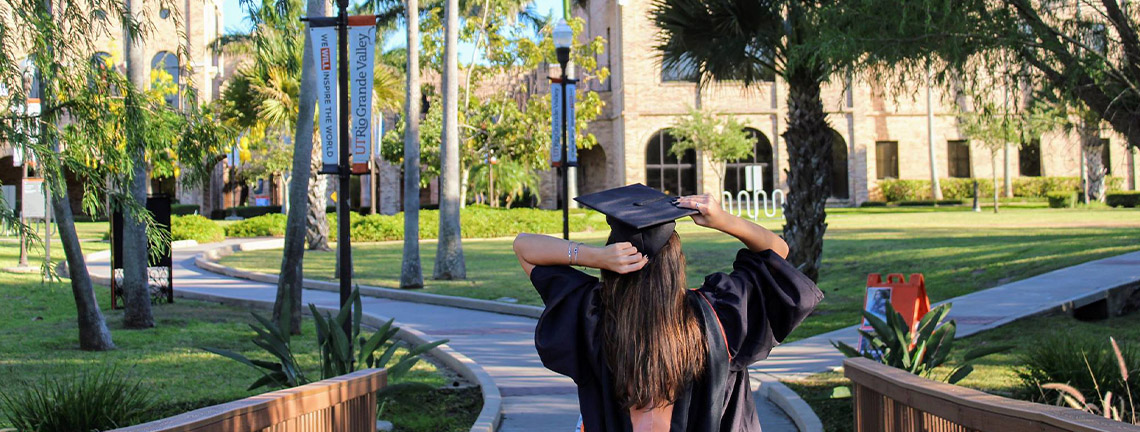
Theses and Dissertations
Date of Award
12-2018
Document Type
Thesis
Degree Name
Master of Science (MS)
Department
Ocean, Coastal, and Earth Sciences
First Advisor
Dr. Elizabeth Heise
Second Advisor
Dr. Jude Benavides
Third Advisor
Dr. Christopher Gabler
Abstract
The Rio Grande is the 5th longest river in North America and defines a significant extent of the United States-Mexico border. It extends for 2830 km from its headwaters in the Rocky Mountains of Colorado to the Gulf of Mexico. The Rio Grande is fed by streams from the Sangre de Cristo Mountains, the Rio Conchos, the Pecos River, runoff from the Sacramento Mountains area, Devils River, the Rio Salado, and the Rio San Juan. This study addresses how the composition of sand forming the Rio Grande river delta into the Gulf of Mexico at Boca Chica Beach is changed by input of additional sand transported northward by longshore current along the Mexican coastline. To determine the effect, we collected sand samples from the Rio Grande river, from the Mexican coast to the south, and along Boca Chica Beach. Second, we also investigated how the sand composition was modified going across the jetty from Boca Chica Beach to South Padre Island. There were several potential sources including from Boca Chica, the Brownsville Ship Channel or possible erosion from the jetty itself contributing to the composition on South Padre Island. We tested by collecting sand samples from Boca Chica Beach, east of the jetties, and farther north along South Padre Island. We also verified the temporal relationship between the sands at Boca Chica Beach and South Padre Island. This was tested by taking two core samples at approximately 5 m depth. Detrital zircon geochronology was used to characterize the provenance of the sands. In general, most of the nine samples studied yielded U-Pb age distributions that indicated a mixed Rocky Mountain and Mexican volcanic provenance signature. Six of eight sands were indistinguishable at 95% confidence from the Rio Grande River reference sample. We did find that sands from the Mexican coastline sampled south of the mouth of the Rio Grande River were moderately enriched in Miocene and Grenville age zircon relative to those sampled north of the River mouth. One of the two core samples was also enriched in Miocene and Grenville zircon and could be distinguished from its corresponding surface sample at 95% confidence. This latter may be explained by anthropogenic impacts upon the beach sand.
Recommended Citation
Moore, Samantha B., "Longitudinal and Temporal Comparison of Beach Sand on the Rio Grande Delta System" (2018). Theses and Dissertations. 326.
https://scholarworks.utrgv.edu/etd/326
Included in
Earth Sciences Commons, Environmental Sciences Commons, Oceanography and Atmospheric Sciences and Meteorology Commons


Comments
Copyright 2018 Samantha B. Moore. All Rights Reserved.
https://www.proquest.com/dissertations-theses/longitudinal-temporal-comparison-beach-sand-on/docview/2177379393/se-2?accountid=7119